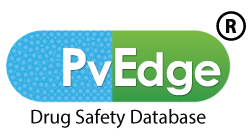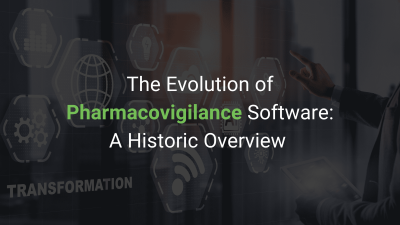Pharmacovigilance is the science and activities related to the detection, assessment, understanding, and prevention of adverse effects or any other drug-related issues. Over the years, the field of pharmacovigilance has undergone significant transformations, with the development of various software solutions to streamline the process. This evolution of pharmacovigilance software, from manual systems to cutting-edge technologies like artificial intelligence (AI) and machine learning (ML).
- Manual Systems:
In the early days of pharmacovigilance, manual systems were the norm. Adverse events and drug safety data were recorded and managed through paper-based records and human-driven processes. While this method was fundamental, it was labor-intensive, time-consuming, and prone to errors.
- Digital Databases – Digitization:
The advent of computers marked a significant step in the evolution of pharmacovigilance. Digital databases allowed for the electronic storage and retrieval of adverse event reports and other drug safety data. This transition from paper to digital records improved data management, accessibility, and search ability.
- Integrated Pharmacovigilance Software – AE, Signal Detection, etc:
Integrated Pharmacovigilance Software is a specialized software solution designed to streamline and enhance the pharmacovigilance processes within the pharmaceutical and healthcare industries. It plays a crucial role in monitoring and managing adverse events (AEs) and ensuring the safety of drugs and medical products throughout their lifecycle. Key aspects of Integrated Pharmacovigilance Software:
- Adverse Event Data Collection
- Case Management
- Data Standardization
- Signal Detection
- Data Analysis and Reporting
- Regulatory Compliance
- Workflow Automation
- Alerts and Notifications
- Collaboration and Communication
- Audit Trails and Data Security
- User-Friendly Interface
- Integration with Other Systems
- AI & ML:
One of the most significant advancements in pharmacovigilance software is the integration of artificial intelligence (AI) and machine learning (ML) technologies. These innovations enable automated signal detection, trend analysis, and predictive modeling. AI and ML can identify potential safety concerns and patterns in vast datasets more efficiently than manual methods.
- Real-time Monitoring:
Real-time monitoring has become a critical aspect of modern pharmacovigilance software. These tools enable the continuous tracking of adverse events and safety signals as they occur. Real-time monitoring enhances the ability to respond promptly to safety concerns, reducing potential risks to patients.
- Cloud-based Solutions:
The shift to cloud-based solutions offers scalability and flexibility. Cloud-based pharmacovigilance software allows for remote access, collaboration, and data sharing across organizations and regions. It also ensures data security, backup, and compliance with evolving regulatory requirements.
- Trends, Wearables:
As technology continues to advance, new trends are emerging in pharmacovigilance software. Wearable devices and patient-centric data collection methods are being incorporated into pharmacovigilance, providing real-world data and patient perspectives on drug safety.
For more details on Pharmacovigilance Software, Contact our sales team. Call Now – +91-79-66214899.



